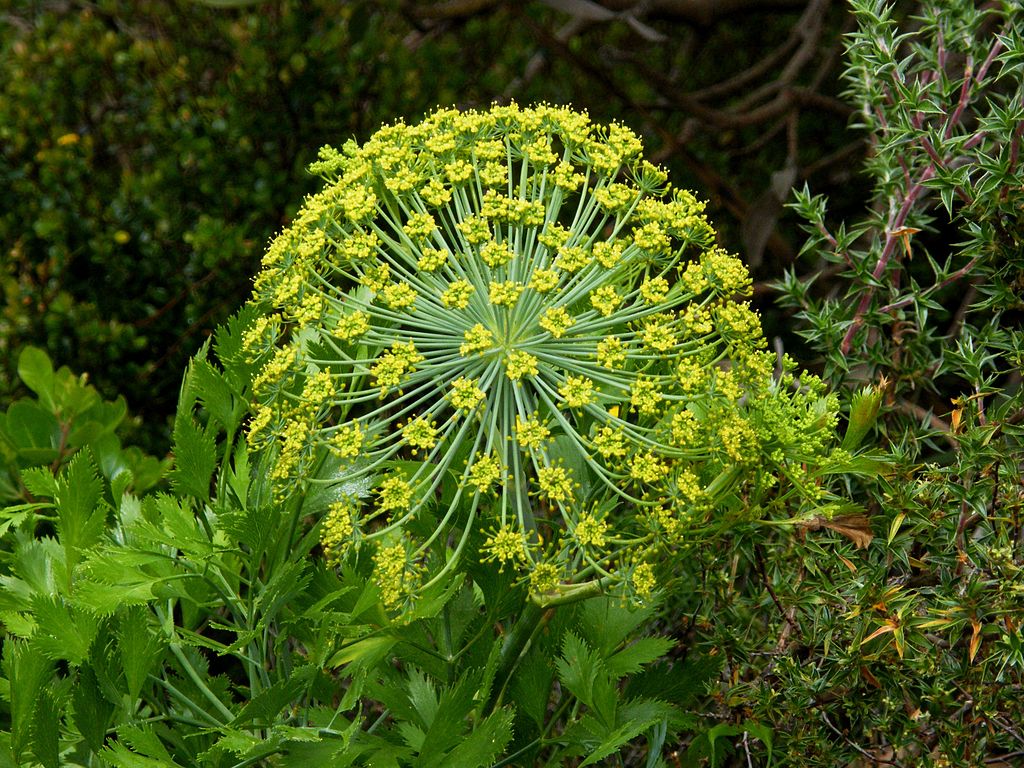What Is Blister Bush And What Does The Blister Bush Look Like


A close encounter with blister bush seems innocent enough, but two or three days after contact, serious symptoms set in. Find out more about this dangerous plant and how to protect yourself in this article.
What Does a Blister Bush Look Like?
Blister bush is native to South Africa, and you aren’t likely to encounter it unless you visit the Table Mountain or Western Cape Fold Belt regions of the Western Cape. This is a particularly nasty weed, so take precautions when you go hiking in these areas. A member of the carrot family, blister bush (Notobubon galbanum-- re-classified from Peucedanum galbanum) is a small shrub with leaves that resemble those of flat-leaved parsley or celery. The flower head is an umbel, like a dill flower. Very small, yellow florets bloom at the tips of dark green stems.
What is Blister Bush?
Blister bush is a toxic plant that causes a severe skin reaction in the presence of light. This type of skin reaction, which only occurs when exposed to light, is called a phototoxicity. Protecting the exposed area from light is key to limiting the extent of the reaction. Toxic chemicals, including psoralen, xanthotoxin, and bergapten coat the surface of blister bush leaves. You won’t feel anything when you brush against the leaves because it begins a few days after exposure to sunlight. The first symptom is a severe itch, and later you’ll see a red and purple rash. The rash is followed by blisters similar to those caused by a bad sunburn. Hikers in the Western Cape area of South Africa can use the blister bush information in this article to protect themselves from injury.
Facts About Blister Bush
Wear long pants and long sleeves to prevent exposure. If you are exposed, wash down the area with soap and water as soon as possible and coat the skin with sun protection lotion that has a screening factor of 50 to 100. Reapply the lotion as soon as itching reoccurs. Cover the area with clothing or a bandage. Washing alone won’t prevent blistering. Once the itching stops and the blister bush blisters are no longer weeping, expose the skin to open air so that it can continue to heal. Large blisters leave tender scars that take several months to heal. Fading scars can leave brown spots that remain for years.
Sign up for the Gardening Know How newsletter today and receive a free copy of our e-book "How to Grow Delicious Tomatoes".

Jackie Carroll has written over 500 articles for Gardening Know How on a wide range of topics.